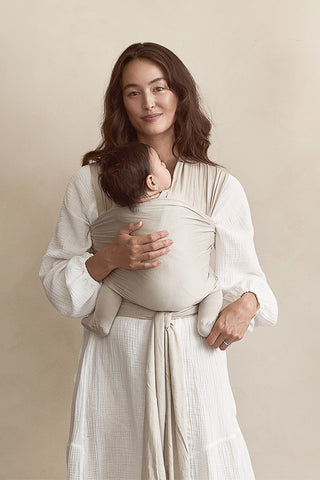
When your garden is in bloom, it doesn’t necessarily mean every flower in the garden is blooming simultaneously. Each bud opens at its own rate within the growing season. And like a long-blooming plant, some children bloom slightly earlier and some slightly later and others at different points in between.
Have you ever tried to force open a bud on a flower? Prying open the petals on a fragrant rose doesn’t leave you with a full, blushing blossom. Rather, forcing it leaves you with a withered, wrinkly bloom. The same is true of our children. When we try and force them to bloom at a certain time, we interrupt them in their season of growth and hinder them from doing what they were meant to do when they were meant to do it. We mean well. There’s no doubt we love our children more than anything. But anxiety, comparison, and competition can tempt us to force open the bloom rather than nourish the roots and stem.
Like the flowers, children must be allowed to bloom in season.
This doesn’t mean we just sit on our hands, though. There’s a big difference between feeding the plant and forcing the bloom. Our kiddos need that supportive “nutrient-dense” environment where they can flourish as well. A safe space to be nurtured as they grow their roots and reach toward the sun. Creating an appropriate environment, providing the necessary tools, and allowing the time and space to bloom is essential for helping our children thrive.
Here are a few ways to help your child bloom in the season they’re meant to grow:
Meet them where they are
In Dr. Gary Chapman's book The Five Love Languages of Children, he suggests we all communicate and receive love uniquely. Sometimes the way we communicate love doesn’t match up with how our kids “hear” love and we love right past them, trying to force open that bloom in a way that doesn’t fully support their growth.
What do they ask of you? This can provide insights into how they receive affection.
- Do they ask you to come and play with them? (Love = Quality Time.)
- Do they ask if you think the picture they drew is pretty or if you are proud of their report card? (Love = Affirming Words.)
- Do they ask for help with homework or their hair? (Love = Helping Them.)
How do they express love and affection to you? This also provides insight into their heart and what says “I love you” to them.
- Do they want to sit in your lap and give you hugs? (Love = Physical Connection.)
- Do they like to make things for you like drawing you a picture or bring you things like a dandelion? (Love = Gifts or Tokens of Affection.)
Be intentional
Routines, rituals, and structure provide predictability and ultimately help kids feel safe. When children feel safe, they feel loved and can thrive. Regular parent/child mini dates. Dinners together as a family. Sunday afternoon walks. Appropriate and consistent expectations. All of these things communicate, “I love you and care about your wellbeing.”
Expand the bandwidth of your communication.
Whether or not you know it, you are continually sending messages that reveal how you feel about your kids—and they are paying attention. Our kids are very tuned into us and how we are feeling, especially when they are feeling insecure.
Other phrases that say “I love you” without actually saying “I love you.”
- I believe in you.
- I’m proud of you.
- I’m always here for you.
- I was wrong. I’m sorry. Please forgive me.
Growth is never linear
Look at your garden. Blooming and growth is not a linear process in which you have to learn all the necessary skills before you get started. Focusing on skills in isolation can kill interest in any new activity for our kids. If you simply force a child to practice scales at the piano every day, they will never cultivate a love of music. The real driver of growth is an appetite for discovery. It's all about letting them explore the world in a way that excites and delights them. When children are motivated, they naturally acquire the skills they need to get the work done. This can apply to everything from potty training to quantum physics.
Focus on values over rules and character over behavior.
When kids follow the rules, they are basically trying to please adults, which is not good for teaching them to think for themselves. You can help your kids bloom by praising their character, not just their behavior. Instead of saying, "Don’t follow the crowd," you could say something like, "You are an individual, you are somebody who thinks differently." They are much more likely to internalize that as part of their identity as they’ll continue to grow and blossom.
Allowing our children to bloom at their own pace is all about letting them make mistakes, praising effort over results, and always encouraging them as they grow, learn and strive to become the best possible versions of themselves. Helping your child to develop a growth mindset now will set the stage for a life filled with curiosity, bravery and resilience. What more could we possibly want for our kids?








